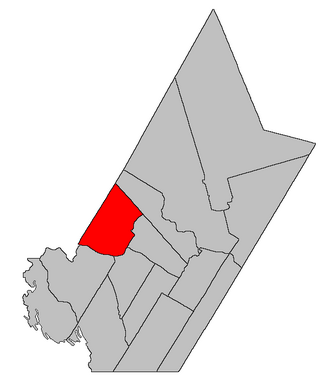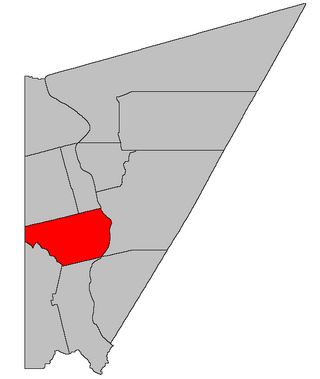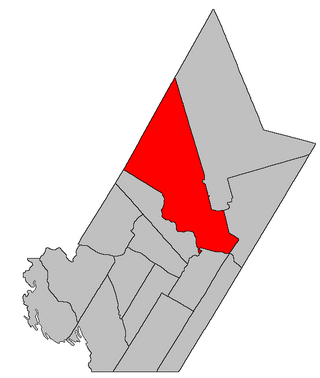Brighton | |
|---|---|
 Location within Carleton County, New Brunswick | |
| Coordinates: 46°21′18″N67°21′36″W / 46.355°N 67.36°W | |
| Country | |
| Province | |
| County | Carleton |
| Erected | 1830 |
| Area | |
| • Land | 509.30 km2 (196.64 sq mi) |
| Population (2021) [1] | |
| • Total | 1,596 |
| • Density | 3.1/km2 (8/sq mi) |
| • Change 2016-2021 | |
| • Dwellings | 773 |
| Time zone | UTC-4 (AST) |
| • Summer (DST) | UTC-3 (ADT) |
| Figures do not include portion within the town of Hartland | |
Brighton is a geographic parish in Carleton County, New Brunswick, Canada, [2] northeast of Woodstock, extending from the eastern bank of the Saint John River to the York County line.
Contents
- Origin of name
- History
- Boundaries
- Evolution of boundaries
- Municipality
- Local service districts
- Brighton Parish
- Coldstream
- Communities
- Bodies of water
- Other notable places
- Demographics
- Population
- Language
- See also
- Notes
- References
Prior to the 2023 governance reform, for governance purposes it was comprised one town and two local service districts, all of which were members of the Western Valley Regional Service Commission (WVRSC). [3]
The Census subdivision of Brighton Parish included all of the geographic parish except the town of Hartland. [4]



















